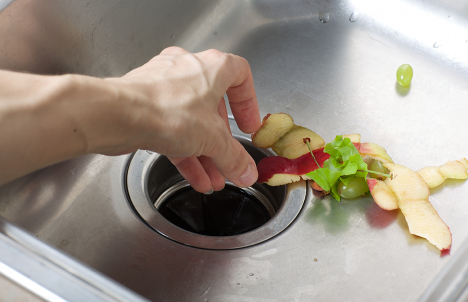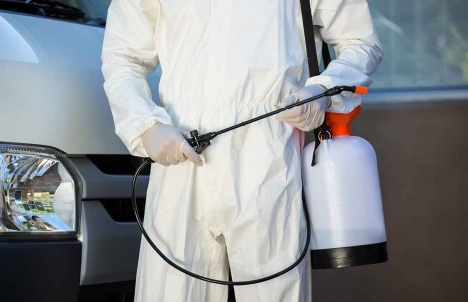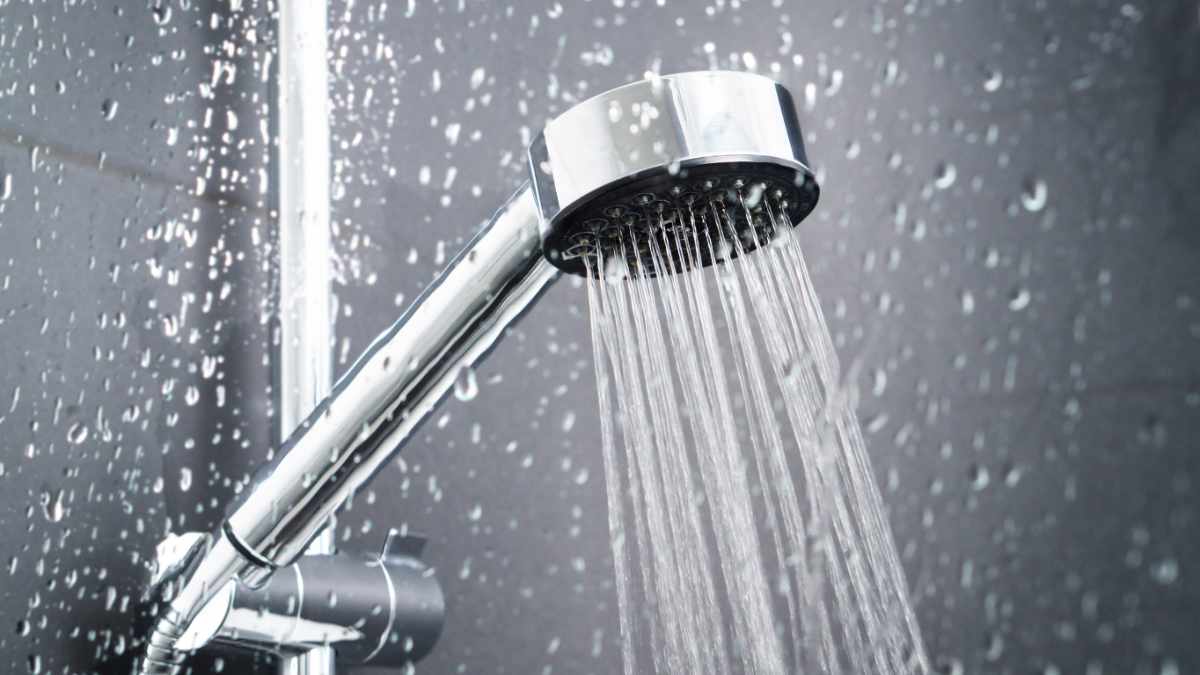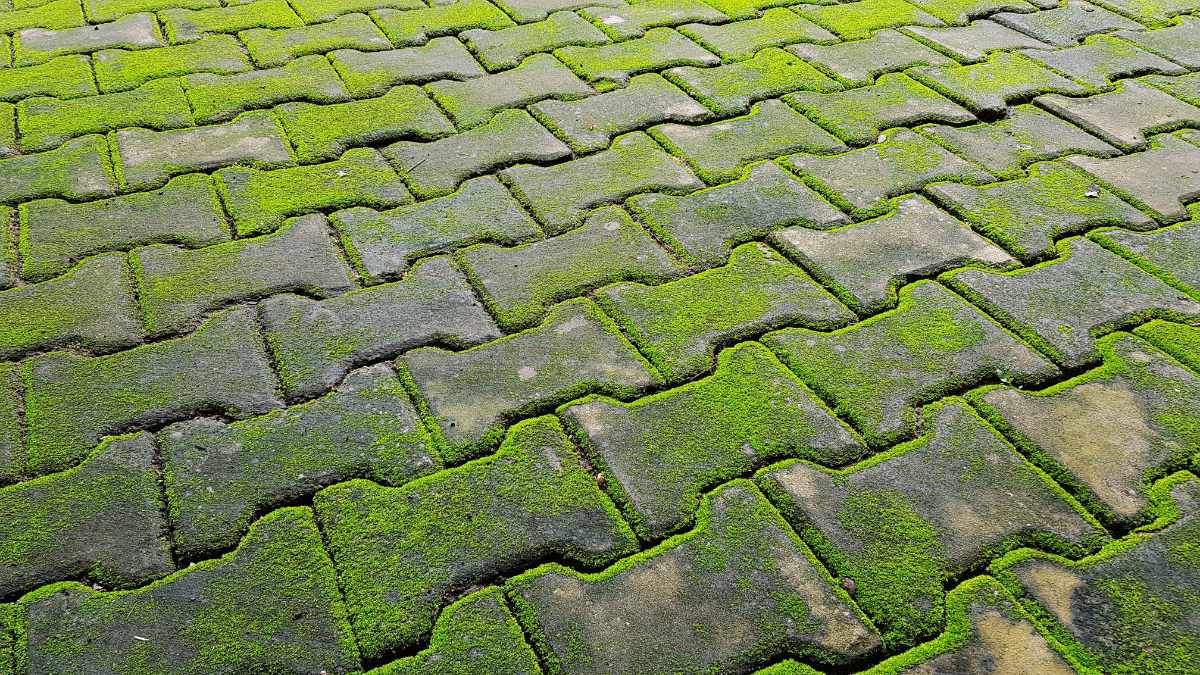Quality matters when hiring for a big project. Call a Five Star Rated professional now!
What You Need to Know About Maintenance for Your Water Heater
April 13th, 2021 byMost homeowners would be likely to agree. Hot water is not optional. It’s a necessity. You expect your water heater to work every day, every time, without delay.
Keeping up with hot water heater maintenance can go a long way toward improving the performance and efficiency of your heater. That includes extending its lifespan. Given how costly a new hot water heater can be, it makes good financial sense to get as many years of service out of your water heater as possible.
Hiring a trained professional to perform regular service is the most important way to protect your investment. No surprise there. But there are a few valuable steps you can do on your own to maintain either a traditional or tankless water heater.
With a little extra effort and attention, you can ensure you always have hot water when you need it.
3 Ways to Keep Water Heater Maintenance Safe
Just like any other household project, safety should be your first concern. Hot water heaters can be dangerous.
Whether you have a traditional or tankless water heater (using either gas or electric power) a little bit of safety-minded prep work can help prevent mishaps.
1. Begin by turning off the power supply
If you have an electric water heater, that means disconnecting power at the breaker box. If your water heater runs on gas, you need to find the thermostat or gas valve on the unit and turn off the pilot knob.
2. Go slow
After disconnecting the power, the water inside your tank is likely to still be hot enough to cause injury. Instead of rushing, keep plenty of space between your skin and the water when flushing the tank or testing the safety valve.
Also, be sure to collect hot water in a bucket that can withstand high temperatures.
It’s also a good idea to wear gloves, long sleeves, and long pants when performing hot water heater maintenance. If there’s any splashing, you’ll be glad you have those extra layers to protect your skin
3. Pay attention to your workspace
Finally, take a quick look around the area where your hot water heater is situated. In many households, major appliances such as hot water heaters and furnaces are located in the basement, a utility closet, or some other out-of-the-way spot.
It’s likely a place you don’t visit often.
Make sure the area is free of debris. Double-check the area where the hot water heater sits. It only takes a minute or two to ensure you’re aware of any obstacles or dangers.
“A regular schedule of preventative home maintenance can thwart a host of expensive problems down the road and keep your house in tip-top condition.” – DIY Network
DIY Hot Water Heater Maintenance
There are a couple of basic maintenance tasks you can do on your own. Below, we’ll outline what they are and how to complete them.
That said, we’d like to add two cautionary comments.
- Don’t try to do any DIY maintenance unless you’re completely comfortable you know what to do and how to stay safe. If you feel even a little iffy about tackling water heater maintenance on your own, call a professional plumber.
- Make sure you’ve done additional research to ensure you’re doing exactly the kind of maintenance needed for your specific water heater model. In this article, we’re covering high-level advice. We can’t promise there won’t be additional recommended steps for specific models.
Flush Unwanted Minerals
Traditional and tankless water heaters naturally accumulate sediment and mineral deposits. There’s nothing you can do to stop that. These simply accumulate as water moves through the system.
You can perform what we’ll call “a partial flush” once a year to help clear out the system. (A professional can do a complete flush of your system for a more thorough option.)
How to flush your water heater
For a traditional water heater, all you need is a bucket and a flathead screwdriver (just in case your heater’s drain valve handle needs a little coaxing).
Remember to first disconnect the power to your unit. Next, locate the drain valve near the bottom of the water heater. Place the bucket underneath the drain valve. Then, open the drain valve by turning it counterclockwise using the attached handle or a screwdriver.
Allow two-three gallons of water to drain into the bucket, then turn the valve counterclockwise to close.
The water in the bucket will be very hot. Empty it carefully, watching for any sediment or discoloration. If you see a significant amount of either, that could mean it’s time for a complete flush.
Also take note of any wobble, weakness, or rust on the valve indicating it needs to be replaced.
How often to flush your water heater
You should flush your tankless water heater at least once a year. If you have the temperature set high or if your home has hard water, you may need to flush it more often.
The design of tankless water heaters makes do-it-yourself maintenance more complex. We recommend contacting a professional plumber to perform this kind of maintenance on a tankless water heater.
“… for all [the] advantages [of a tankless water heater], it’s key to note that energy efficiency doesn’t equal maintenance‐free. In fact, the more attention you pay to preventive maintenance, the more certain you can be the tankless unit will remain efficient.” – PlumbingSupply.com
Test Your Safety Valve
Your water heater’s temperature and pressure relief valve is fairly important.
The temperature and pressure relief valve prevents the pressure in your hot water heater’s tank from exceeding its capabilities. If the water gets too hot, it could cause a rupture.
This valve must be clear of obstruction and free from leaks to ensure its functionality.
How to test your safety valve
To check the temperature and pressure relief valve, first disconnect the power. Then locate the valve on the side or top of your hot water heater. It should have a tube attached that points down toward the floor. Place your bucket at the end of the tube and lift the valve lever to release hot water into the bucket.
After a few seconds, close the lever and wait for the flow to stop.
If your valve is functioning properly, opening it should cause water to flow into the bucket. Likewise, closing it should bring the water to a complete stop.
You should call a professional plumber if:
- Water continues to drip after closing the valve.
- You see signs of a leak on or around the valve or tube.
- No water flows out of the tank when you opened the valve.
When to Call a Professional
As with any large appliance in the home, there are times when professional service is absolutely necessary. After all, you want to both ensure peak performance of your hot water heater and solve potential problems before they get out of hand.
Call a professional right away if you notice any signs of leakage, rust, corrosion, or structural weakness while performing your routine maintenance tasks. If you notice changes in your water heater’s functionality, that could also be a sign something is wrong.
We also recommend that you make regular professional maintenance part of your long-term home improvement plans.
Combine your own hands-on maintenance with periodic professional check-ups. That’s the best way to protect your water heater while also lowering your homeownership costs.
KEEP READING: 10 Signs of a Failing or Damaged Roof








 Top Categories
Top Categories













